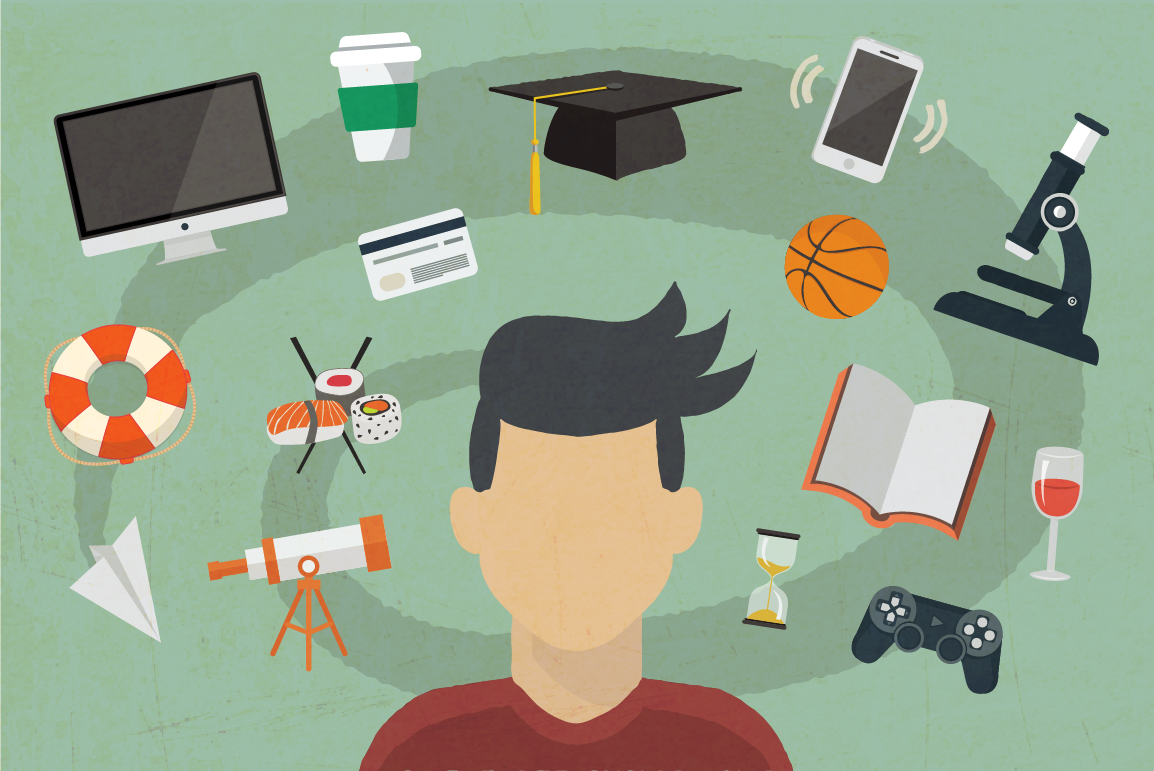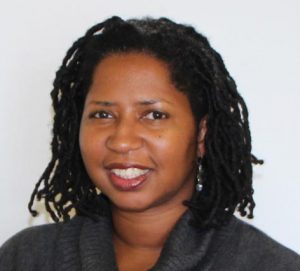New Tools Expand Mental Health Services
-
-
slice.mit.edu
Filed Under
Recommended

“We want to create a culture where people seek help and not feel ashamed. At MIT, it's common for students to feel like they should be able to solve all their challenges on their own—if they couldn’t solve problems effectively, they wouldn’t be here,” says Dr. Karen Singleton, new chief of Mental Health and Counseling as of January 2017.
Therapy and wellness, she says, can be an entirely different language for students, especially for populations that might not be familiar with treatment. To make sure they’re reaching to all communities, staff psychiatrists have begun to increase their outreach, often in dorms, based on their expertise.
In May, MIT psychiatrist and Innovation Fund winner Dr. Rheinila Fernandes began a collaboration with MindHandHeart to implement Wellness Buddies, a peer support behavioral change program educating graduate students about neuroscience of mindfulness, sleep, and exercise as well as providing weekly life skills training. Another collaboration, Motivate and Move, brings Zumba, yoga, mindfulness, and cooking classes to graduate dorms.
“This allows students to see clinicians in a natural environment, which is our number one request from students, and it allows clinicians to make the important connection between mind and body,” says Singleton.
Mental Health & Counseling already provides high impact services: on-site staff saw 22 percent of the student population and had over 17,600 visits last year alone in individual and group therapy. Singleton aims to bring this impact to the larger MIT campus and community.

Former director of Columbia Medical Campus’s Student Health Services, Singleton works closely with new MIT Medical director Dr. Cecilia Warpinski Stuopis ’90. At Columbia, she worked with health sciences students, where she says she saw a similar student profile: “Very smart, driven, well-rounded, and a lot of imposter syndrome.”
As in her previous position, Singleton aims to provide more clustered systems—diverse, convenient, and multiple points of entry. In addition to direct outreach, Mental Health & Counseling has set up satellite offices in the Office of Minority Education and International Students Office this year. Let’s Chat, initially sponsored by the Department of Physics and consisting of quick, informal clinician consultations for students who are unsure if therapy’s right for them, now travels to different campus locations as a “roving” service. Last year, Mental Health & Counseling was involved in 119 outreach events total.
As a way to engage with and learn from the student population, Singleton has also just established SWAG, or Student Wellbeing Advisory Group, bringing together 11 students of diverse backgrounds with Shawn Ferullo, MIT’s Chief of Student Health, and David Randall, Senior Associate Dean of Student Support and Wellbeing. Committee members serve three-year terms and provide insight on how to improve student support.
Mental Health & Counseling is launching a mural competition sponsored by the Undergraduate Association, which will go on the hallway outside the main office, to help students feel that they have ownership with the service and its space.
Singleton also recently undertook an internal reorganization to highlight clinicians’ specialties and provide dedicated coordinators for the service’s groups and programs. There are now 15 therapy, support, and discussion groups that meet, with five added this year and an LGBTQ+ student of color group coming soon.
“Some students benefit most from group therapy. We have groups for graduate students, students of color, bereavement, transgender issues, and social anxiety, among others. It’s a great modality to increase connection.”
For these diverse initiatives, the goal remains the same—to get students in to see staff more quickly and effectively. “It’s important to increase literacy around student health for the entire community.”







